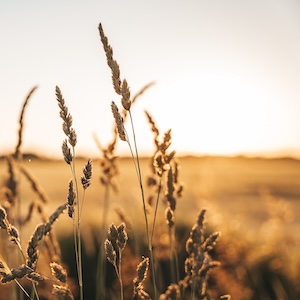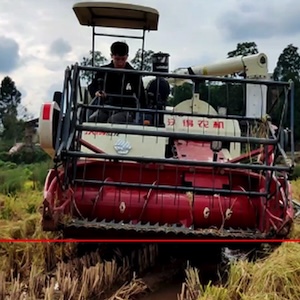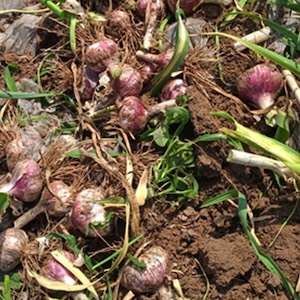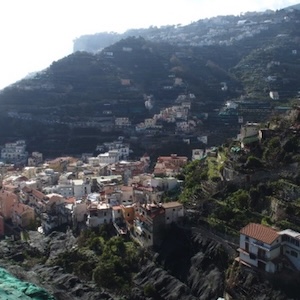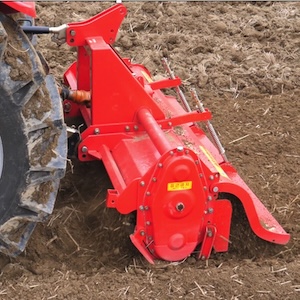Run duration effects on the hydrodynamic properties of a loam soil estimated by steady-state infiltration methods
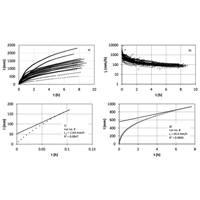
Published: 13 October 2020
Abstract Views: 1628
PDF: 466
HTML: 31
HTML: 31
Publisher's note
All claims expressed in this article are solely those of the authors and do not necessarily represent those of their affiliated organizations, or those of the publisher, the editors and the reviewers. Any product that may be evaluated in this article or claim that may be made by its manufacturer is not guaranteed or endorsed by the publisher.
All claims expressed in this article are solely those of the authors and do not necessarily represent those of their affiliated organizations, or those of the publisher, the editors and the reviewers. Any product that may be evaluated in this article or claim that may be made by its manufacturer is not guaranteed or endorsed by the publisher.
Similar Articles
- Giacomo Scarascia-Mugnozza, Silvana Fuina, Sergio Castellano, Structural design and experimental tests on a model of tensegrity greenhouse prototype , Journal of Agricultural Engineering: Vol. 52 No. 3 (2021)
- Andrea Galli, Cosimo Peruzzi, Fabiola Gangi, Daniele Masseroni, ArduHydro: a low-cost device for water level measurement and monitoring , Journal of Agricultural Engineering: Vol. 55 No. 1 (2024)
- Salvatore Faugno, Stefania Pindozzi, Roberta Infascelli, Collins Okello, Maria Nicolina Ripa, Lorenzo Boccia, Assessment of nitrogen content in buffalo manure and land application costs , Journal of Agricultural Engineering: Vol. 43 No. 2 (2012)
- Paola Concialdi, Vincenzo Bagarello, Vincenzo Alagna, Massimo Iovino, Laboratory evaluation of falling-head infiltration for saturated soil hydraulic conductivity determination , Journal of Agricultural Engineering: Vol. 51 No. 1 (2020)
- Bayu Taruna Widjaja Putra, Wahyu Nurkholis Hadi Syahputra, Parawita Dewanti, Effect of different photoperiod regimes in combination with natural and artificial light on nutrient uptake in bok choy (Brassica rapa L.) using an internet of things-based hydroponics system , Journal of Agricultural Engineering: Vol. 55 No. 3 (2024)
- Raffaele Cavalli, Stefano Grigolato, Andrea Sgarbossa, Productivity and quality performance of an innovative firewood processor , Journal of Agricultural Engineering: Vol. 45 No. 1 (2014)
- Shinar Ospanova, Mubarak Aduov, Sultan Kapov, Alexander Orlyansky, Kadirbek Volodya, The results of experimental research of a rotor seed-metering unit for sowing non-free-flowing seeds , Journal of Agricultural Engineering: Vol. 55 No. 1 (2024)
- Xingye Zhu, Jing Konng, Alexander Fordjour, Joseph Kwame Lewballah, Frank Agyen Dwomoh, Samuel Anim Ofosu, Junping Liu, Hydraulic performance assessment on dynamic fluidic and complete fluidic sprinklers under indoor and outdoor conditions , Journal of Agricultural Engineering: Vol. 55 No. 3 (2024)
- George Ashwehmbom Looh, Fangping Xie, Xiushan Wang, Augustine Ngiejungbwen Looh, Hamdaoui Hind, Grain kernel damage during threshing: a comprehensive review of theories and models , Journal of Agricultural Engineering: Vol. 56 No. 1 (2025)
- Eliseo Roma, Pietro Catania, Mariangela Vallone, Santo Orlando, Unmanned aerial vehicle and proximal sensing of vegetation indices in olive tree (Olea europaea) , Journal of Agricultural Engineering: Vol. 54 No. 3 (2023)
<< < 9 10 11 12 13 14 15 16 17 18 > >>
You may also start an advanced similarity search for this article.

 https://doi.org/10.4081/jae.2020.1075
https://doi.org/10.4081/jae.2020.1075




